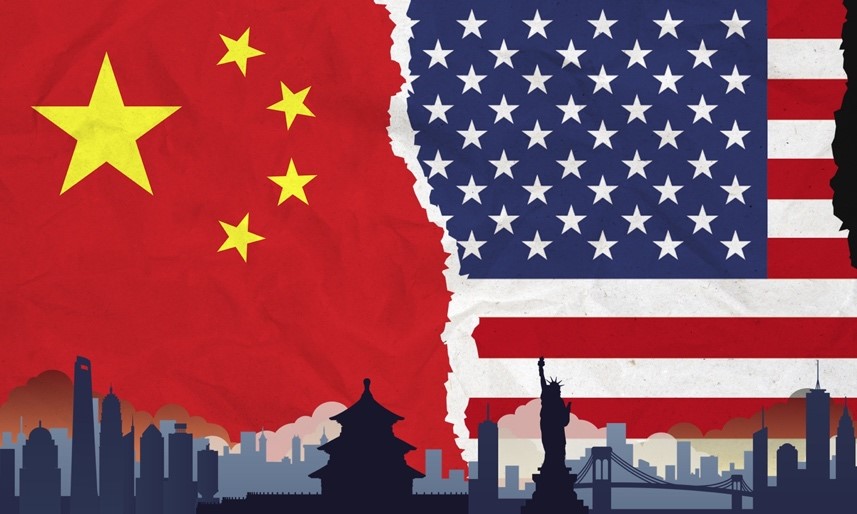Free Courses Sale ends Soon, Get It Now


Free Courses Sale ends Soon, Get It Now



Disclaimer: Copyright infringement not intended.
Context
Details
Background
Trump administration’s policy
What is ‘de-risking’?
Reasons for de-risking
Geopolitical ramifications of de-risking
|
PRACTICE QUESTION Q) The continuing emphasis in de-risking to diversify supply chains away from China demonstrates that the Trump-era spirit of decoupling is being carried forward, albeit with some changes. Comment. (250 words) |
https://epaper.thehindu.com/ccidist-ws/th/th_delhi/issues/37892/OPS/G67B9UK59.1+GA3B9VHU4.1.html
© 2024 iasgyan. All right reserved